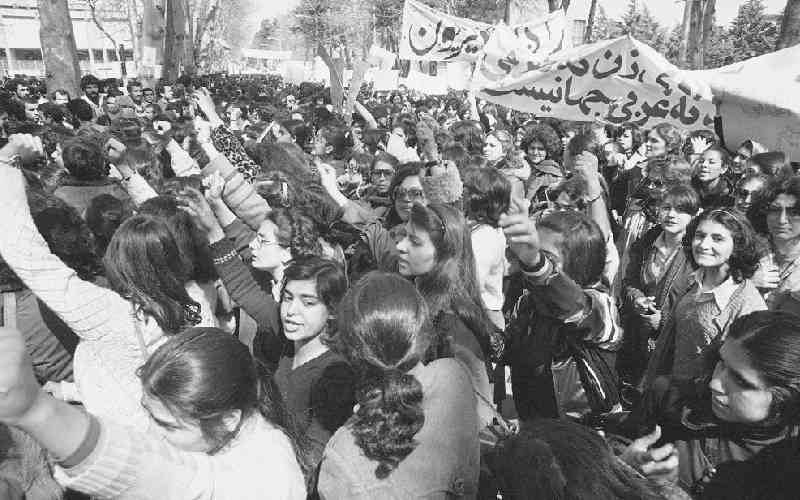×
The Standard e-Paper
Informed Minds Prefer The Standard

A young woman climbs to the top of a car in the middle of Mashhad, a conservative Iranian city famed for its Islamic shrines. She takes off her headscarf and starts chanting, "Death to the dictator!" Protesters nearby join in and cars honk in support.
For many Iranian women, it's an image that would have been unthinkable just a decade ago, said Fatemeh Shams, who grew up in Mashhad.